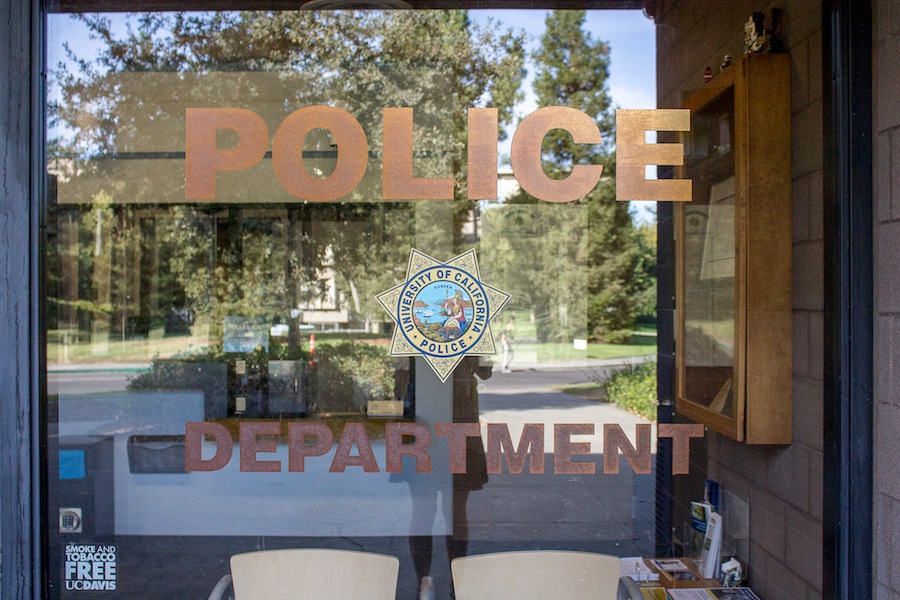
 Open carry laws make dangerous situations even more volatile
Open carry laws make dangerous situations even more volatile
Only California, Florida, Illinois, New York and South Carolina prohibit the open carry of handguns. That means 45 American states allow the intimidation of the public, wasting of law enforcement resources and endless opportunities for accidental injury caused by firearm misuse.
In a heart-wrenching moment following the July shooting of five police officers, Dallas Police Chief David Brown addressed the public and spoke on issues ranging from race to open carry laws.
“It’s increasingly challenging when people have AR-15s slung over and shootings occur in a crowd… We don’t know if they’re the shooter or not. We don’t know who the good guy is versus who the bad guy is if everybody starts shooting,” Brown said.
Especially during an emergency, trying to weed out the bad guys from the good guys — likely with limited information about the shooter to go off of in the first place — detracts from time that could be used to stop senseless violence and instead makes an officer’s job infinitely harder.
In this sense, times of crisis or high political tension should call for a limit on open carry laws. On the eve of the Republican National Convention, the head of Cleveland’s police union called for a temporary ban on the open-carrying of guns for fear of impending violence from protestors and dissented individuals. Stephen Loomis, the president of Cleveland Police Patrolmen’s Association, accused open carry participants of irresponsibility, going on to say “you can’t go into a crowded theater and scream fire. And that’s exactly what they’re doing by bringing those guns down there.” Just because it’s legal doesn’t mean it’s right. And openly carrying a firearm during a volatile situation isn’t right.
Open carry laws also scare the public into thinking there’s more wrongdoing than really exists. According to a San Mateo County Sheriff’s report, several incidents have arisen where people called police dispatch in response to seeing an individual carrying a revolver or a semi-automatic handgun on them. This leads to a waste of time when, consequently, police officers have to investigate these citizens who are simply “exercising their right,” but are really engendering unnecessary fear and trepidation in the minds of other citizens.
Yet sometimes this fear is more than justified. 10 minutes before an armed shooter walked into a Colorado Springs Planned Parenthood, the Colorado Police Department received two calls regarding the shooter. One of the callers reported him as looking “scary” at several points during the call, but the emergency response technician acknowledged that Colorado is an open carry state so, technically speaking, he was not breaking any laws. He left three people dead and nine wounded just minutes later.
Open carry is a double-edged sword. Seeing an individual with a weapon displayed is undoubtedly scary, but reacting on this fear can have wasteful consequences on law enforcement resources if the individual carrying has no bad intentions. On the other hand, a lack of response from police dispatch can also have deadly ramifications.
What’s more worrisome, however, is the prospect of accidental misuse of a firearm in a public setting. Deputy Chief of the Davis Police Department Ton Phan said that states like Texas, where it is now legal to openly carry a handgun on college campuses, are especially at risk for these types of misuse.
Phan, who has over 30 years of law enforcement experience, believes in the Second Amendment but is also aware of the issues that accompany open carry laws.
“People must be properly trained,” Phan said. “People must practice with their gun. In law enforcement, we are required to get training, and that should apply to individuals too. It’s important to invest time in becoming proficient at it, too, because shooting at a nonmoving target and shooting under stress at a person are two very different things.”
Phan’s words serve as a reminder that no federal or state laws require a training protocol for an individual seeking to buy a firearm. If police officers are to undergo a rigorous training process to own and operate a gun, what logic exempts civilians from having to do the same?
Open carry is a multifaceted issue with no solution that would be acceptable to everyone. Yet it is important to understand its ramifications: officers’ time wasted on sorting the good guys from the bad, public unrest and intimidation and the prospect of accidental misuse, to name a few. Thrown together in an emergency situation, these hazards undoubtedly pave the way for chaos and unnecessary violence, which in this country is all too common.
Written by: Tamanna Ahluwalia — tahluwalia@ucdavis.edu
Disclaimer: The views and opinions expressed by individual columnists belong to the columnists alone and do not necessarily indicate the views and opinions held by The California Aggie.




